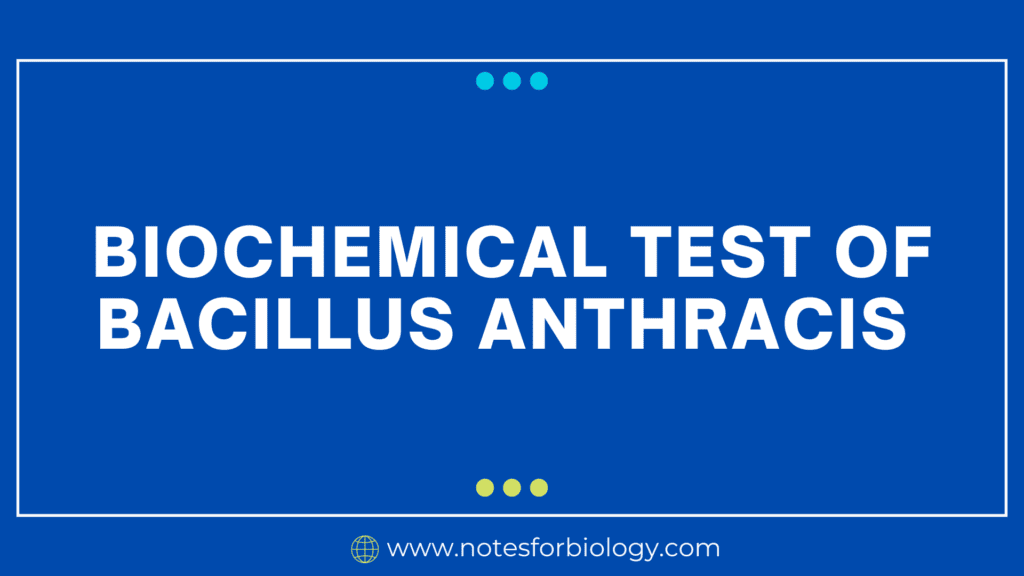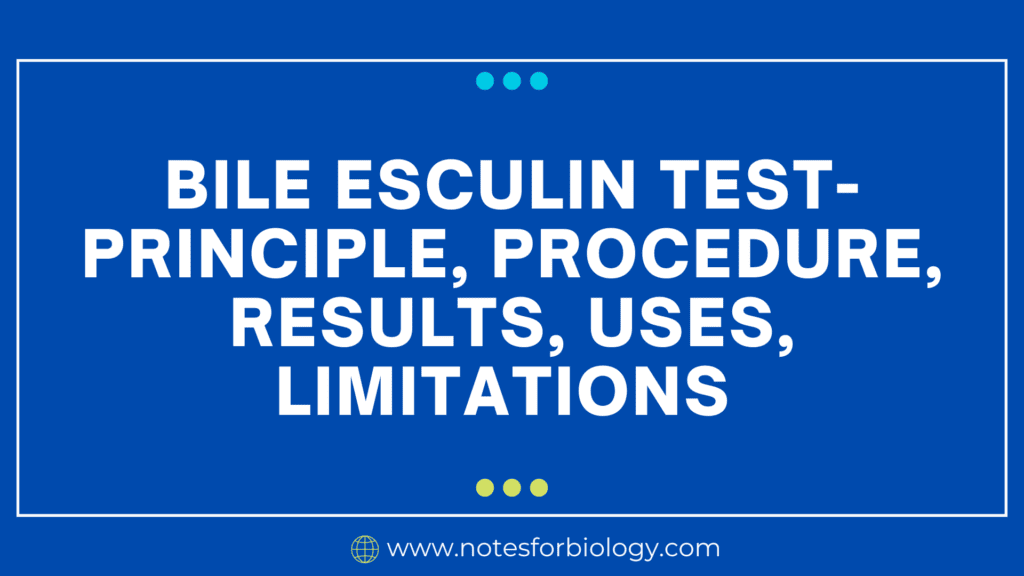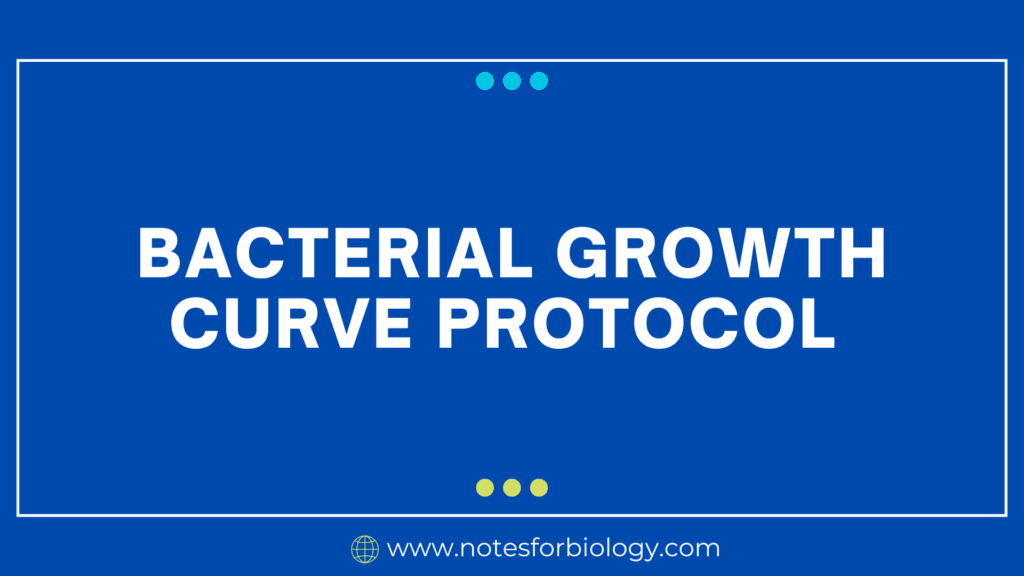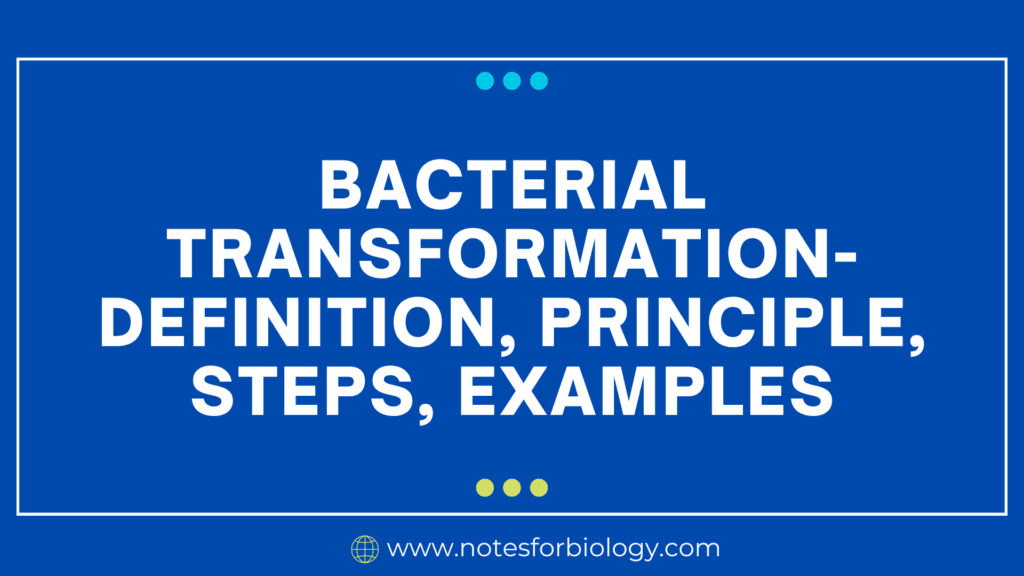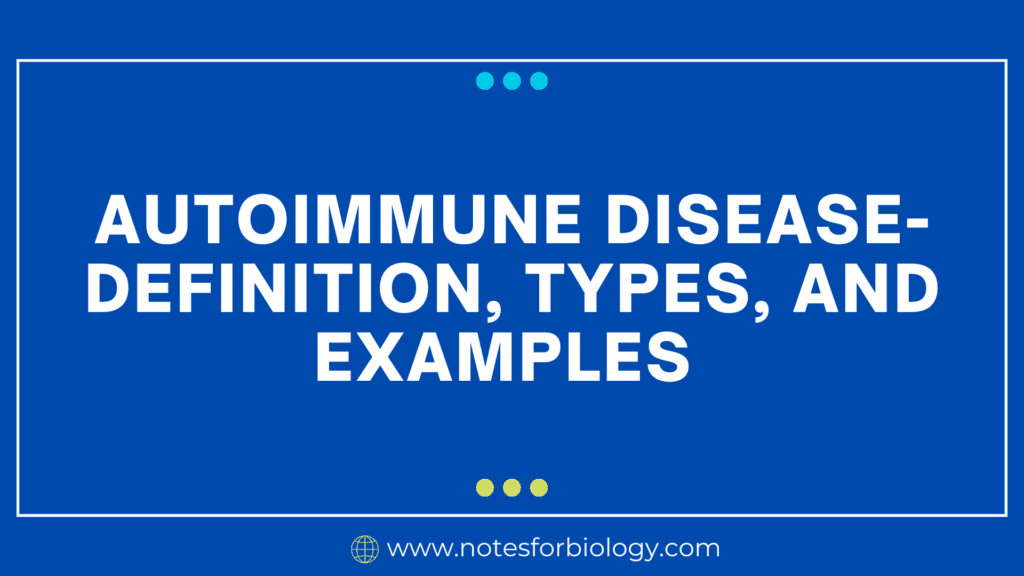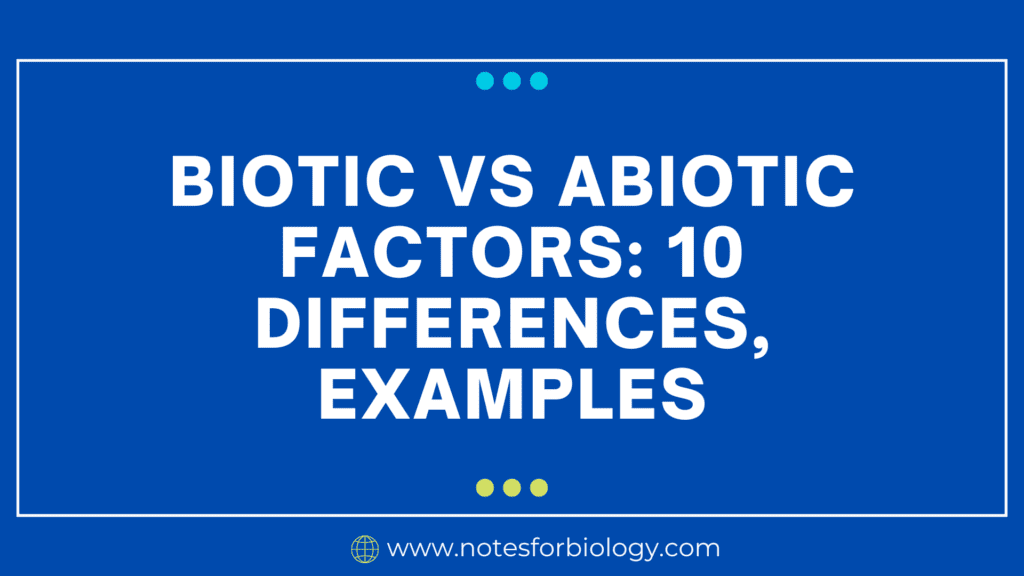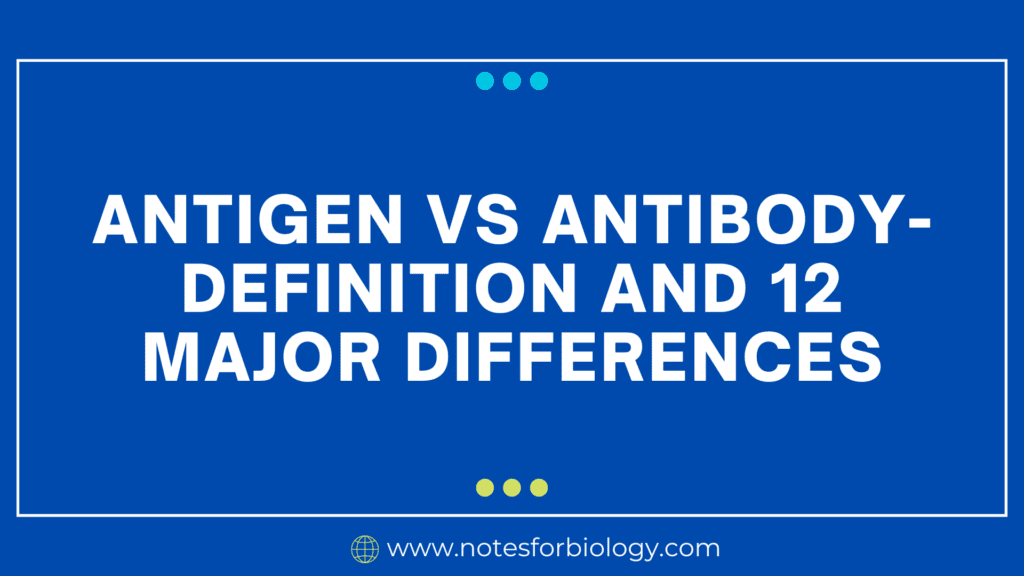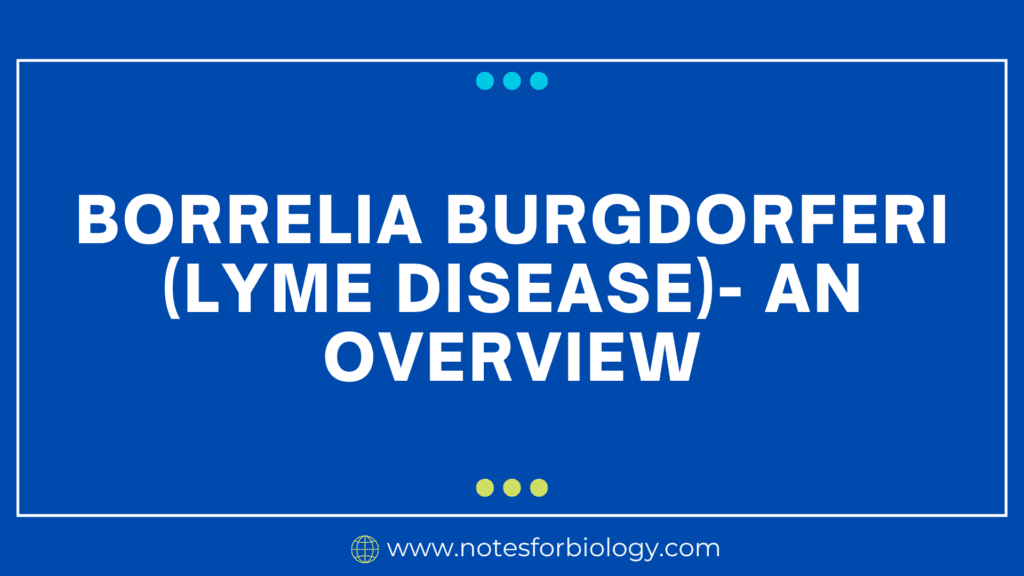Benedict’s Test- Principle, Procedure, Steps, Results, Uses
Benedict’s test is a fundamental biochemical experiment that detects the presence of reducing sugars in a solution. These carbohydrates, including glucose, include free aldehyde or ketone groups that can reduce copper(II) ions in Benedict’s reagent to copper(I) oxide, producing a distinct color shift. This test’s simplicity and repeatability have made it an essential tool in […]
Benedict’s Test- Principle, Procedure, Steps, Results, Uses Read More »


